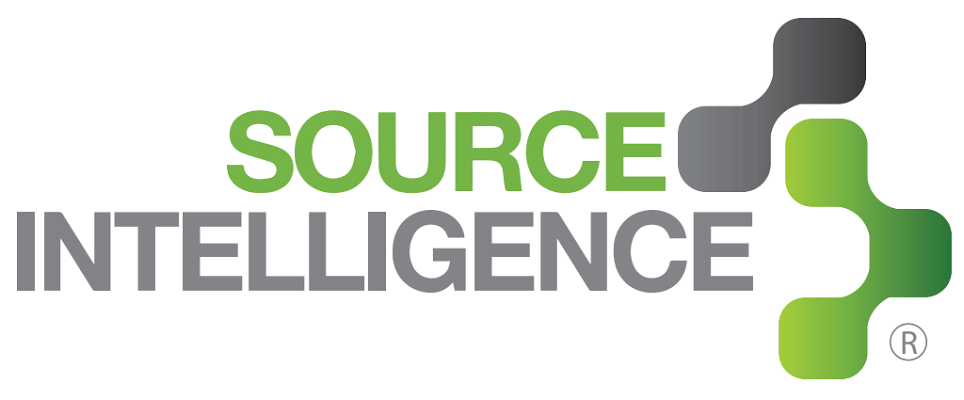C-Level or Independent Agents, Inside or Domestic or Abroad, the Threat is Always There

Corruption and bribery issues don’t have to happen abroad in order for it to come to light within your organization. It is true, when you do conduct business overseas there is a higher risk that is associated with it. Your chances of experiencing it will increase and it is a risk that many are willing to take, given the opportunity of global expansion. Companies that leave their headquarter countries to conduct business in the US are struck with the same amount of risk, and the cost of doing business can be very high, especially in the wake of a corruption and bribery scandal. Corruption and bribery happens everywhere and here, in the US, Australia based company, RedFlex, has seen, there is no way of escaping the possibilities of being caught for corruption and bribery.
Redflex provides vehicle monitoring enforcement, “red light cameras” to cities that have these types of traffic enforcement laws. From 2005 to 2013, the former CEO Karen L. Finley, admitted to making illegal contributions to elected officials in Columbus and Cincinnati, Ohio.
“The contributions were funneled through so-called consultants. In return, Redflex won contracts to operate redlight camera systems, and the Redflex system in Chicago generated nearly $500 million in $100 tickets, becoming the biggest red-light camera operation in the United States.”
Here we see that companies, that are outside of the US looking to generate financial success within the US, also fall to the same temptation of bribing highly appointed officials, to win over lucrative contracts.
So what does this boil down to and is there a difference between doing business in in the US versus business in other countries? The short and easy answer is no, and now that countries, both economically developed and developing nations are becoming increasingly aware of the problem and seeking out any companies that are involved in this practice. A way to see this manifest early is by taking a look at both the executive level and middle level management, and making sure that both are aware of the policies and procedures for identifying and dealing with corruption and bribery. As we see in this case, C-level corruption is happening and can be identified if other, from the same organization are aware of the issues and how to approach them.
If you would like to learn how we assess policies, procedures, and records section of an anti-corruption compliance program, join us for an informative walk-through where we explain the specifics in our questions and why it is important to identify each of these when reviewing or implementing your own anti-corruption program. Click here for more.

